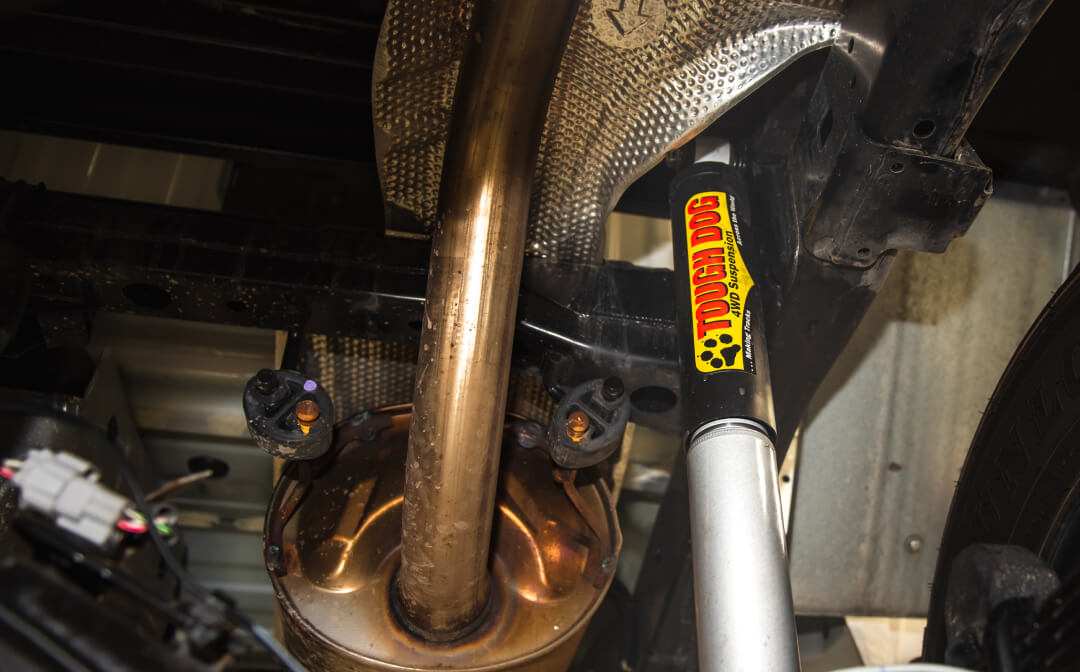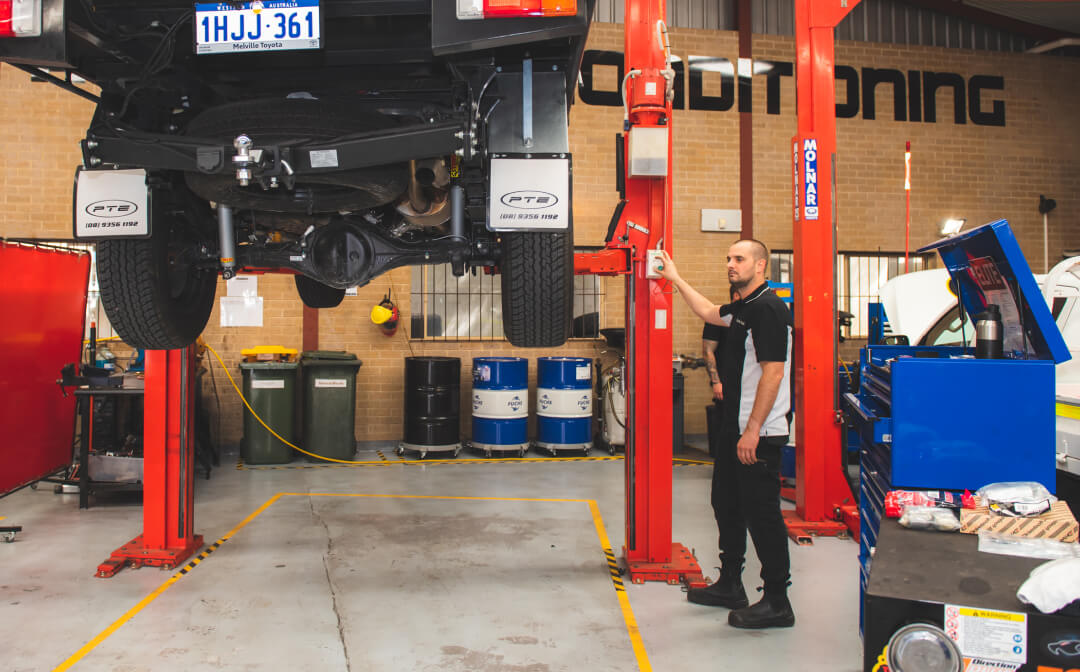Whether you own a Prado, Hilux, Ranger, Navara, Triton, or any other type of 4×4 or performance vehicle, we have the suspension upgrade solution you need.
What Are The Components Of A 4x4 Suspension Upgrade?
There are four major parts to a 4×4 suspension system, and during an upgrade a team of 4×4 suspension specialists will work on each of them. The four major parts are:
- The coil springs. They absorb impact when your vehicle hits a bump.
- Shock absorbers. Also called dampers or shocks, these parts further reduce the impact you feel when you drive over something.
- Rods, also known as linkages. These link the various parts of your suspension system together.
- Joints, also known as bearing or bushings. These allow parts of the suspension system to make sliding actions.
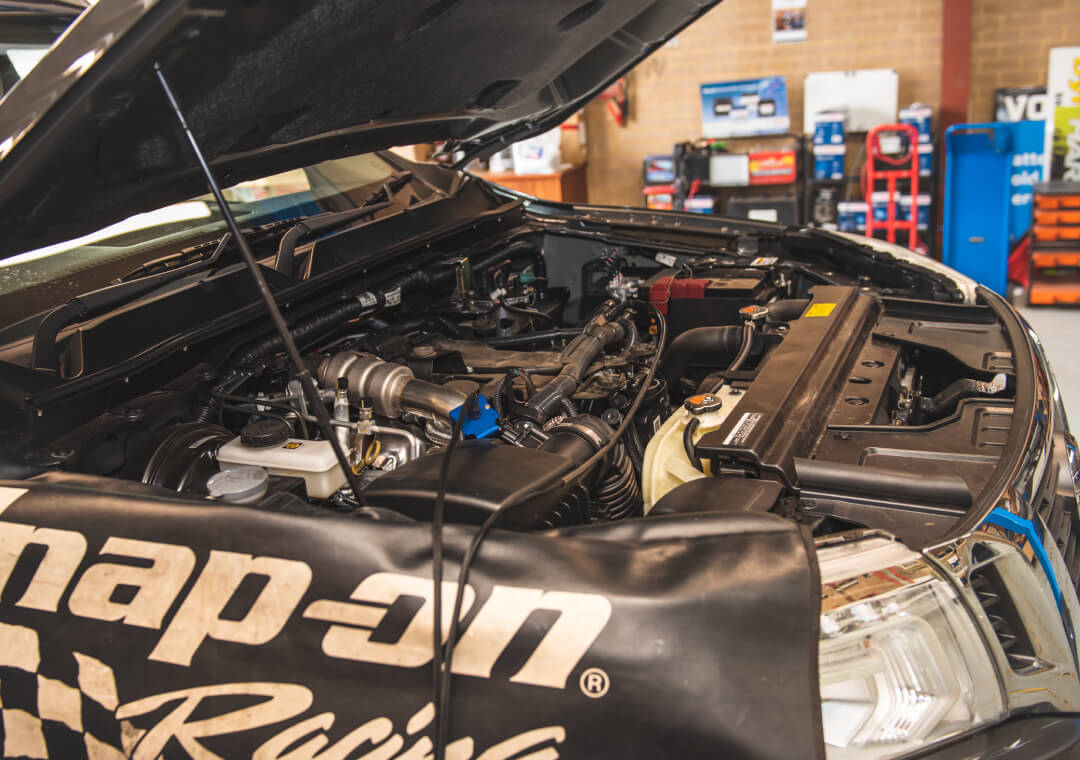
Each of these components will be worked on during your suspension upgrade. They will be replaced with newer and more effective parts, to ensure that your suspension is working at 100% capacity.
What Are The Different Types Of 4x4 Suspension?
4×4 vehicles usually come with either solid axle suspension or independent suspension (IFS). So, how do these suspension systems work?
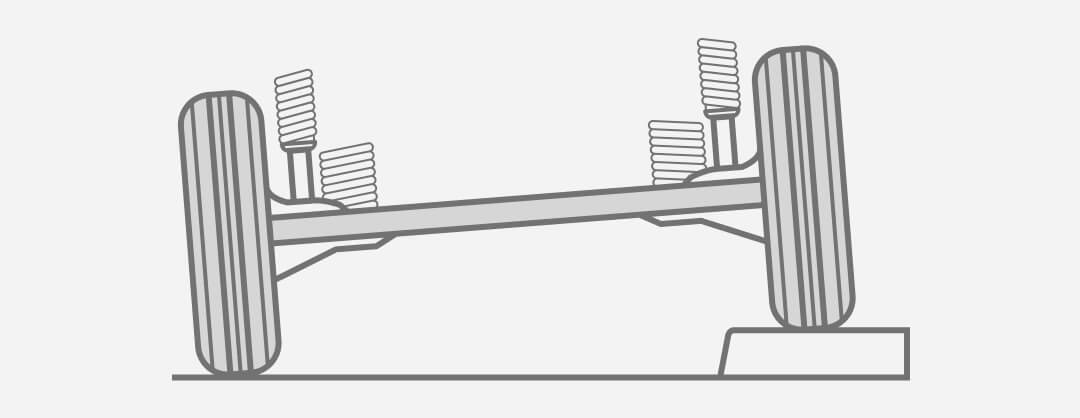
Solid Axle Suspension
These systems can be found on either side of a differential and are connected via one axle housing. This makes it a dependent system, which means that when one wheel moves the wheel opposite it will too.
- A better ride quality.
- Improved traction on hills.
- It’s easy to repair.
- It offers more torque.
- It comes with less ground clearance, so you’ll need to keep this in mind when driving over raised areas.
- It’s heavier than an independent system.
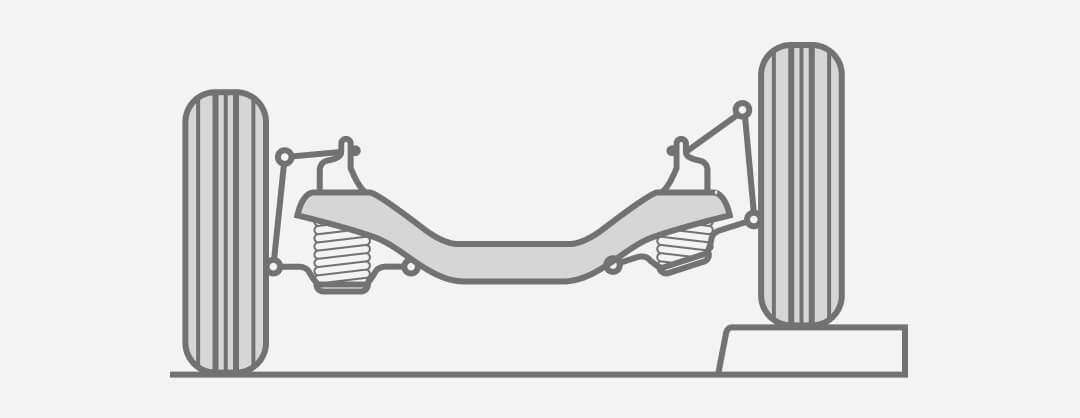
Independent Suspension
In an independent suspension system, the sides aren’t joined together. This means that when one wheel moves it doesn’t affect the wheel opposite it.
- Improved handling while driving.
- More clearance than a dependent system.
- It’s lighter in weight.
- It can be more expensive.
- It’s more complicated to have installed.
- It has more joints, and will need more maintenance.
Each system comes with its own good and bad points, so it’s important that you talk it over with a professional when you’re considering an upgrade. They can help you choose the system that will work best for your vehicle.
Suspension Upgrades FAQ
Does Upgrading My Suspension System Improve Ride Quality?
Suspensions are responsible for carrying the weight and determining the height of your ride. Because the car manufacturer determines spring shape, the only factors you can change are spring-free height and spring rate, which determine your ride's height. A stiffer suspension will compress less for the same weight as a softer suspension. Softer suspensions provide better ride quality and better mobility. Although firmer suspensions are better at handling weight, if the right weight is not handled, you may experience a harsh ride, and the height of your ride could be excessively high. So, it all boils down to picking the correct springs for the job.
Is It a Good Idea To Upgrade My Suspension System?
Yes, upgrading your suspensions is worthwhile. You will enjoy benefits such as increased headroom, superior handling, ease of towing, and the opportunity to use tires with a more prominent profile than the tires that come with the vehicle. For example, by upgrading your rear suspensions, you can minimize rear slack and maintain the vehicle's balance when transporting or towing heavy loads. Additionally, suspension upgrades make a huge difference in auto safety and handling. Shock absorbers, for example, can be replaced to optimize the ride quality on and off the road. It outperforms the standard shock absorber and strengthens the structure.
Is an Alignment Required After Putting New Springs?
Yes, after changing the springs, alignment is essential, especially for lowering springs. The shock absorber should first be detached from the suspension system to replace the car's springs. You will also be working with various other suspension components, such as camber plates, which might cause misalignment. The tires may become miss-aligned as soon as you fine-tune this plate. The tires will remain mismatched, even if you try to put them back in place. This is why vehicle manufacturers use laser precision equipment to measure the appropriate angles during assessments.
What Are The Advantages Of Independent Suspensions?
The benefits of the four-wheel independent suspension are numerous. For example, it enables each wheel to rise and fall separately from the rest of the suspensions. This means that the vehicle's wheels are always in contact with the ground. Because of the constant ground-wheel contact, you, the driver, have complete control over the vehicle. The wheels will not be able to deliver the necessary driving force to push the car along the road if they lose contact with the ground. The vehicle may lose directional control when the steering wheel loses grip. Other advantages include the following:
- Added comfort
- Stability
- Lesser weight
